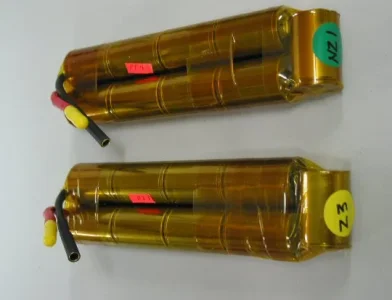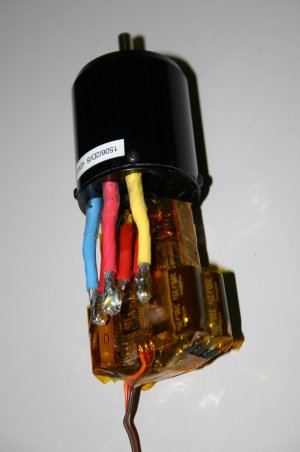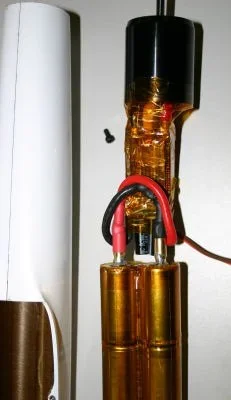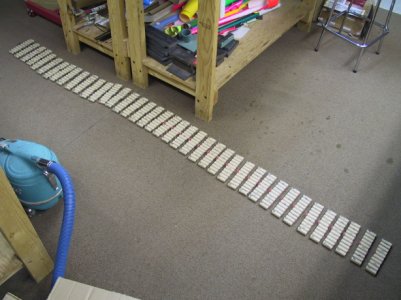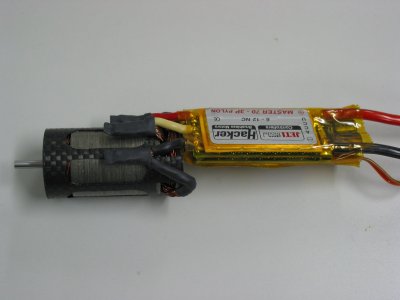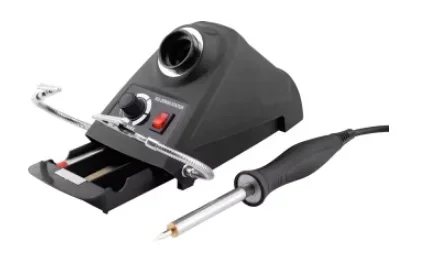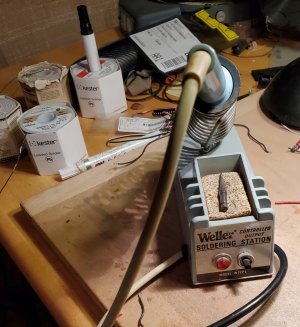I humbly disagree, but maybe you mean the smaller tip workstation type? I've done all kinds of RC soldering work back in the day with the 1/4" tip 40W iron. Batteries, wires, plugs, connector bars, charging harnesses & ESC's sometimes to 8AWG (but that's pushing it). Wattage rating is kind of a funny thing in situations like this. A 40 watt teeny tip is not quite the same as 40watt with mass & surface area because you have to properly flow solder & most importantly get off it or risk damaging the important bits. Small tips require too much dwell time. Lots of guys used 60 or 80 watts but that was mostly about the 3/8" tip. On series end to end cell packs like first pic we used a 'hammer head' tip made from 0.75" dia copper but same 1/4" stem to fit the 40watt. The cell ends were lightly tinned, arranged in a V tray, insert hammerhead for oh I dunno, a second, then in one motion quickly remove iron & snap the cells together (remove solder splatter from glasses). It is the lowest resistance joint you can make & takes up less room in the stuffed sausage we called a fuselage.The pencil style units are for soldering transistors, resistors and integrated circuits.
Attachments
Last edited:

